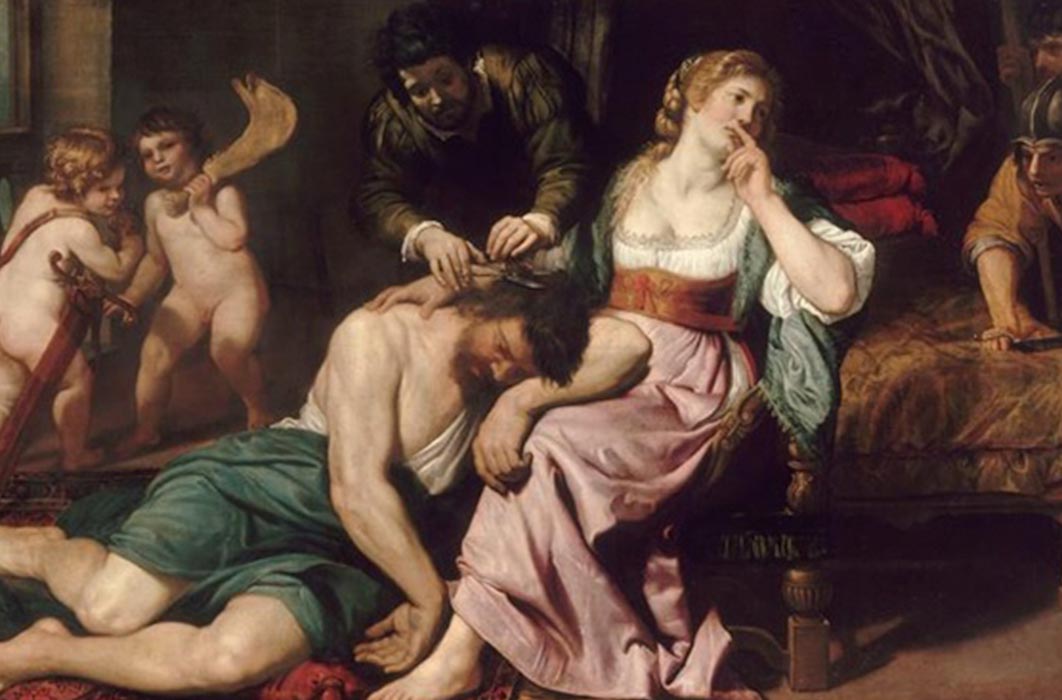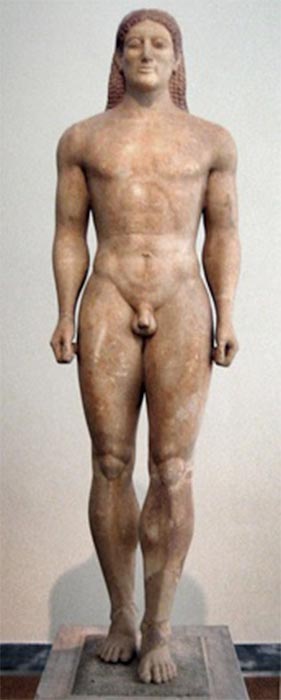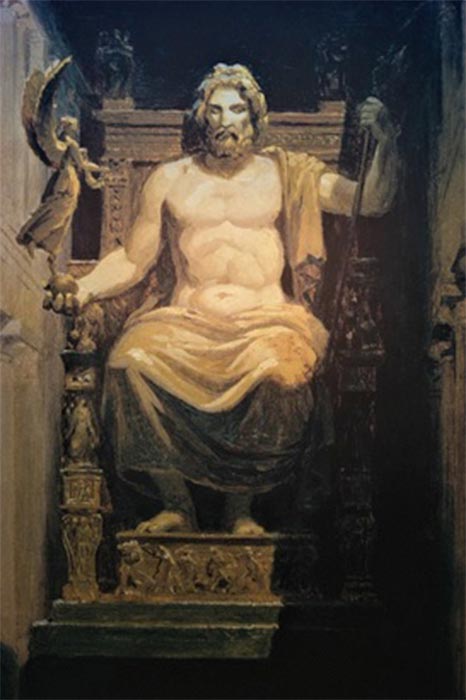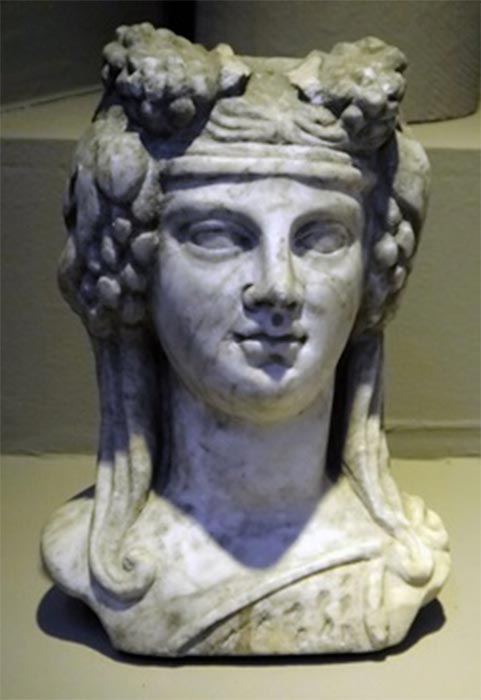
Hair-Raising Status of Ancient Gods and Men
Human hair has always played an important role in culture and in society. For men and women alike, styling one's hair seems to be an innate human desire to emphasize their beauty and power. Thus, apart from being interesting and rather beautiful, hairstyles in history have acted as markers that revealed a person's social status and membership of a tribe or group, social class, age, marital status, political beliefs, and many more.

Kouros representing an idealized youth (circa 530 BC) (Public Domain)
Although, perhaps understandably, much attention has been given to ancient women's hairstyles, one should not underestimate the hairstyles of men in the ancient world. In ancient Greece, for example, beauty was all important to the men - perhaps even more so than to the women. A handsome, full-lipped, chiseled man in ancient Greece understood that his beauty was a gift of the gods and that a beautiful body was considered direct evidence of a beautiful mind. Therefore, a beautiful ancient Greek man had no qualms in spending more than eight hours a day at the gym to maximize his assets. Bearing this in mind, doubtless such a man would have considered it his duty to pay special attention to his hair as well. Somewhat similarly, the ancient Chinese believed that hair and skin were given to one by one’s parents. Therefore, cherishing one’s hair (keeping it long and luxurious) and skin (keeping it fresh and blemish-free) was the beginning of filial piety.

Painting of Zeus at Olympia (Public Domain)
Hairstyles of Ancient Greek Gods and Men
Many of the ancient Greek gods could be recognized by their distinct hairstyles, and throughout antiquity, these divine hairstyles acted as models for human hairstyles. Zeus typically aligns his hair upward, followed by a sweeping flow of hair which then radiates outward, creating a crown of individual strands. Asclepius, the god of healing, is the only god who wears his hair like Zeus.

Bust of Dionysos. Ephesus Archaeological Museum (CC BY-SA 3.0)
Compared to these noble gods, Dionysos and his adherents, who conducted orgiastic rituals, developed an anti-thesis equivalent of the divine hairstyle. Dionysos himself is sometimes portrayed with hermaphrodite features, with wide shoulders, a slightly stooped posture, and long hair peeled back from his face into a knot, hiding his ears. Satyrs are portrayed with on-end-standing front hair, pointed ears, and small horns on their heads. The Silens (elderly satyrs) wore an ivy wreath to cover their bald spots, as baldness was seen as a sign of ugliness in Homer's time. The bald-headed Socrates likened his own appearance to a Silen. Some baldness was also experienced by Homer and by Euripides, the Athenian tragic playwright, with his remaining oily hair hanging to the sides. In contrast, Plato displayed a full head of hair, but he wore it unstyled. Pericles, the successful Athenian statesman, knew how to present himself. He dressed himself in the fashion of the helmeted Athena, with carefully trimmed beard and hair.




